Alright – so today we’ve got the honor of introducing you to Patrick Corbin. We think you’ll enjoy our conversation, we’ve shared it below.
Patrick, looking forward to hearing all of your stories today. We’d love to hear about a project that you’ve worked on that’s meant a lot to you.
The most meaningful project I’ve worked on is creating an interdisciplinary course called Dance and Health: Dance and Ability. It is essentially a course about the positive effects of dance on the brain. To date, we have run three sections of DANC 140; Dance and Parkinson’s, Dancing and Down Syndrome and Dance and Autism. I first became interested in this work in the early 1990s when I met a young child with autism spectrum disorder (ASD) named Michael. Michael is the grandson of my now deceased friend Emily whom I was visiting in LA. Michael was what we now refer to as “high-level or level 3 support.” Meaning he was nonverbal and required a high level of support in everyday life. His parents needed a break, and I told them that I would look after him while they rested and visited with Emily. They were hesitant because they said he tended to bite and spit but I wasn’t worried about that. I told them if it got to be too much or if I felt he or I were in any kind of danger that I would get them immediately. There was a sequence of a show called Barney that they had on VHS, and he was obsessed with watching, rewinding, and watching it over and over again sort of in a loop. So, they left us in the den with the Barney video playing while Michael and I sat on the couch. During the scan-rewind process, he would say “go-round, go-round”, in a very soothing tone as he watched the children and Barney moving in retrograde in a circle. He would rewind it all the way to the beginning of whatever the song was and then watch it in forward motion until the circle finished. He loved watching the fast motion retrograde. When he started the sequence forward again, he would walk backwards and sit on the couch next to me to watch. I observed that he started noticing me when he sat down. At first, with a side-eye glance, then he turned his head and then we made eye contact, and we made eye contact. I slowly joined in the game. First, I got off the couch with him and stayed on his level, then I went to the TV with him and back to the couch. I joined in saying, “go-round, go-round” and we laughed. This turned into a Follow-the-Leader sort of game that went beyond the video. The den became James’s domain to construct whatever he wanted us to do on our journey to rewind the video. For me, time and space disappeared. It felt as if I was in some sort of fun spin cycle or gentle vortex. To be clear, there was no clinical indication that James was aware of me or that he and I were engaging other than my feeling of connection and the eye contact. We continued the Barney game when Emily, and James’s parents were all in the doorway watching. James and I just kept going. I was having fun with the game. I found it interesting and soothing myself.
James’s dad seemed impressed with my commitment to the game and invited me to a get together for a group of families with children with ASD that they were hosting in Emily’s beautiful back garden and pool. So, I said, “sure.”
The next day I entered the backyard into that beautifully chaotic world of families with children of different ages. It was slightly more chaotic but essentially the same as any gathering of families with children except that the parents were super focused on the kids while still engaging with other parents. It looked like it was exhausting to use that much focal energy and then I noticed a level of fatigue that was present sort of behind the parents’ eyes. After I met most of the parents and kids, I joined in a little game with one of the parents and a child. It had something to do with circling a tree. After a little while I said, “I got this if you want to go in the pool or something.” The mom carefully withdrew from the game and timorously made her way to the pool area still keeping a watchful eye. Then, another child joined, then another and another and pretty soon, most of the eleven or so children were in the game and the game had expanded in space and had morphed into Follow-the-Leader. The children were in charge. Some had pronounced “ticks” some made sounds, some were talking but mostly all were engaged in the game but not necessarily with each other. There was no hierarchy of a single leader, there was this sort of emergent and morphing leadership but the game was clear. We touched, tapped, sniffed, waved, flapped, rocked, pointed, squeaked, squatted, scurried on our tippy toes, spun and froze. I made sure I was aware of every child’s safety but once again we seemed to share in this gentle vortex of repetitive movement. After a while children started to peel off and pretty soon it was just me and one little girl, probably the oldest child and the least in need of support. She looked at me and said, “How do you know about me?” I didn’t know what to say.
“Wanna go to the pool?”
“Yeah!” And she ran toward the pool, and I ran fast with her, concerned she might just jump in. We sat on the edge of the pool, and she asked again, “How do you know about me?”
“I don’t know. I know Michael’s grandma.”
“No, how do you know about me?” She said with a giggle and a big smile.
“I just like playing with you.”
That seemed to be a sufficient answer for the time being, but she would ask that throughout the day. She asked her parents, she asked other adults but never any children. “How does he know about me?”
I spent the afternoon going in and out of play with the children. The children never asked me to start, I would notice a game beginning and then join in. We never garnered a group as big as the first one but there were groups that would ebb and flow.
Throughout the morning and early afternoon, parents would share that although, their child would have moments of connection, they’d never seen it sustained on any level.
Upon reflection that night, I made the connection that autism spectrum disorder manifested, at least in part, in repetitive movement motifs.
All I do as a dancer is repetitive movement motifs. The daily practice of dance helps me contextualize myself in the world and life. Those experiences with Michael and his friends in a backyard in North Hollywood (now Valley Village) was the beginning of a life’s pursuit of knowledge about the brain and dance.
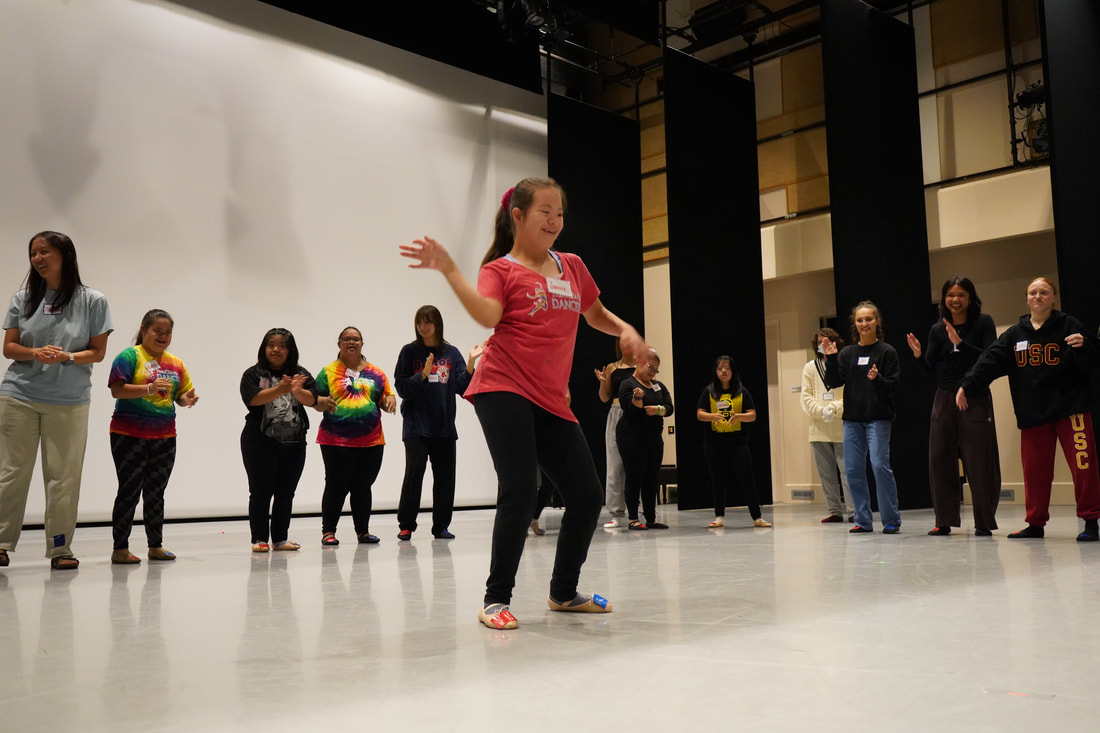
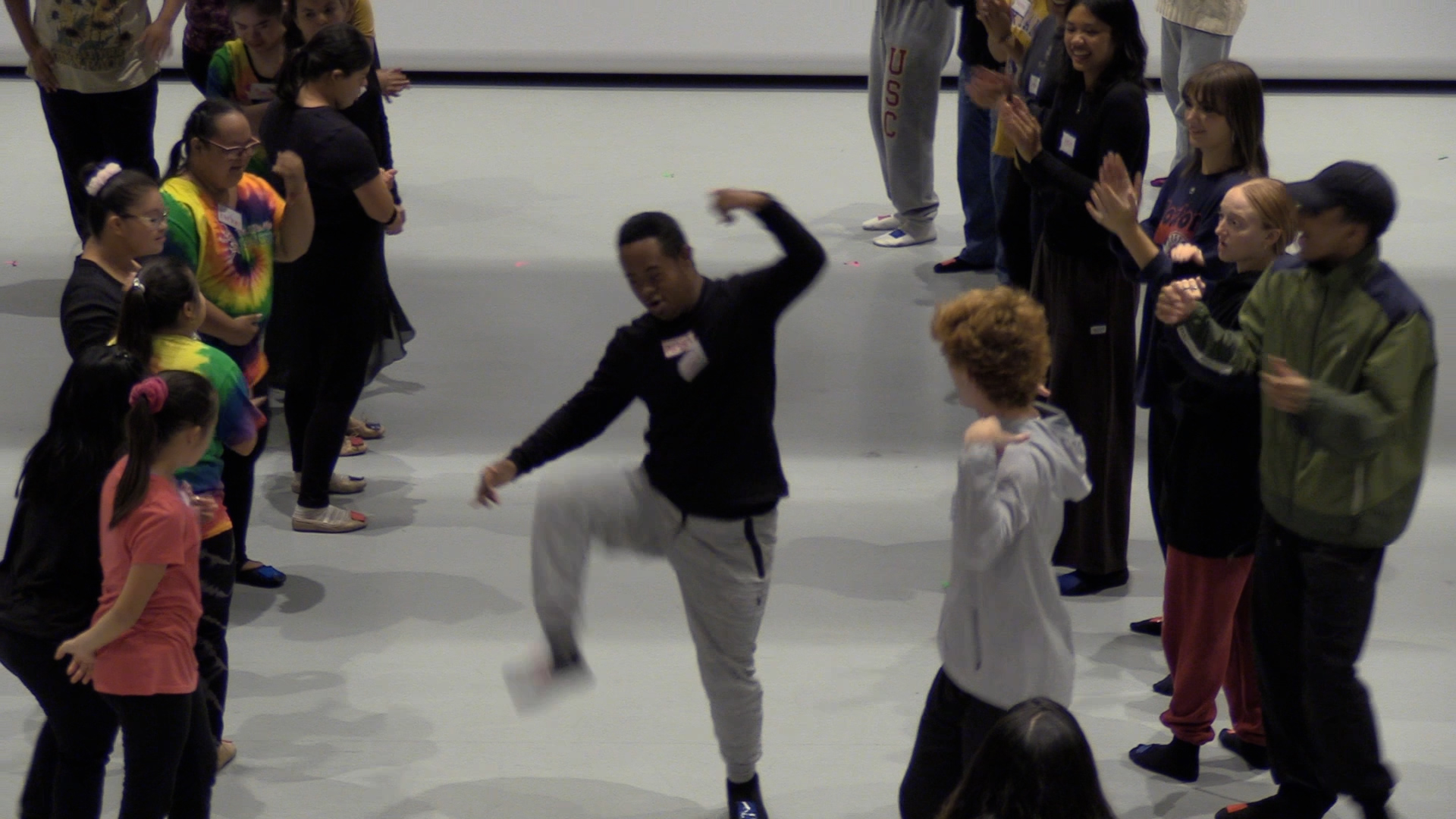
Awesome – so before we get into the rest of our questions, can you briefly introduce yourself to our readers.
I am a lifetime dance practitioner, choreographer, and teacher. I remember the day my mom asked me if I’d like to take “dancing lessons.’ I was dancing in our living room, just kind of wiggling to music. I was a super energetic child and danced whenever music was playing. I would join in with whoever was dancing wherever. I started studio training when I was four or five years old in tap, jazz, tumbling, and ballet. We got all that in one hour! My mom enrolled me at this wonderful little school in the back of Cabin John Shopping Center in Potomac, Maryland. It was a national franchise of dance schools called Art Linkletter Totten Studios. That was it. I never stopped.
I was born in 1965 in Bethesda, Maryland, so it wasn’t the accepted norm for a boy to go to dancing lessons, but I started before I went into kindergarten, so my schoolmates never knew anything different. It was “the norm” for our little class at Lake Normandy Elementary.
In 1977, a movie called The Turning Point came out, and ballet exploded. Baryshnikov became a megastar, and I wanted to be Baryshnikov. Around this time, I started to do a Nutcracker with the Rockville Civic Ballet, but wasn’t training exclusively in ballet, although I had begun private ballet lessons with Bernard Spriggs at D.C. City Ballet. I was also training at a place called The Dance Company in Fairfax, VA. My amazing teacher, Russel Jay, had left the Linkletter franchise and started his own thing, and almost our entire class went along with him. I was and had been the only boy. About a year later, my mom enrolled me at the Montgomery School of Ballet in Four Corners with a wonderful woman named Thelma Tierney. It was excellent technical training, and they had a youth company that performed a lot. I just happened to be there when they made a trip to France to tour and perform Hansel and Gretel for the children of the Ardennes. I was a gnome. We even made a day trip to Paris! Imagine! Dance had grown my world from my neighborhood to Rockville and Four Corners, MD, to Fairfax, VA, to France by the time I was 13.
Let’s rewind a bit. Before ballet took over my life, I went to the two dance conventions that came through the DMV (D.C., MD, VA). The Hoctor’s Dance Caravan and Dance Masters of America (DMA). These conventions were THEEEEE most amazing experience. Literally, hundreds of young dancers gathered in the ornate, spacious ballroom of a big hotel like the Shoreham Americana in NW D.C. or the Sheraton on 7th Ave in NYC near Times Square. I was about 8 years old when my parents took me to NY for the national DMA convention at the Sheraton. We got lost on our approach to NYC and ended up going through Brooklyn and across the Brooklyn Bridge into lower Manhattan on a Sunday. It was 1973, and Wall Street was deserted. I remember looking out the window of the back seat of our station wagon, and the streets were so narrow and the buildings were so tall. I felt safe and at home for the first time in my life. After that, I was just biding my time until I got back home to NYC.
After returning from France, I didn’t go back to the Montgomery Ballet. I suspect we couldn’t afford it along with all my other dance activities. My first year of Jr. High school my schedule was packed. School, dance, and soccer! Oh yeah, I was an excellent soccer player. I was on the JV soccer team in 7th grade and played on a select county team, and was dancing in VA., and training with Bernard at DC City ballet and performing with Rockville Civic ballet. At the end of 7th grade, my mom took me to audition for the Washington School of Ballet. I was accepted into the release-time program on a full scholarship. Release time meant that I would leave school after lunch and train in ballet every afternoon and evening, six days a week. At this time, ballet took over my life, and I loved it. WSB led to the School of American Ballet in NYC. I made it to NYC! I joined the Kansas City Ballet for a brief time before joining ABT II, then in 1985, the Joffrey Ballet, and in 1989, I joined the Paul Taylor Dance Company, where I danced until 2005.
It was when I was with the Joffrey Ballet that I met Emily Daniels, who hosted me and several Joffrey dancers when we did our LA residencies. I was with Paul Taylor when I visited Emily and met Michael. After meeting Michael, I started reading everything I could about autism. It was while reading Emergence and Thinking in Pictures by Temple Grandin that I made a connection between dance, agency, and joining a world of ASD instead of forcing someone with ASD into joining a non-ASD world. In 2003, I dislocated my left shoulder in rehearsal and needed reconstructive surgery on the rotator cuff. During recovery, I worked with a Physical Therapist named Christopher Hughes. Part of the process of recovery was Christopher working on and breaking down the scar tissue in my shoulder. It was quite painful, and Chris was great at distraction by asking me Blue Sky questions. He asked me what was next for me, and I told him that I was interested in working with children with ASD. Maybe designing a movement class for kids with ASD. In 2005, after I retired from the Paul Taylor Company, we became partners in RehAbility, our method of working with children with ASD. Chris worked in the public schools of Northern NJ with kids with disabilities, and a number of them were on the spectrum. He rented a space in Carlstadt, NJ, and invited participants he knew from the school system to come to our classes for free. Chris, me, and some dancers I knew in NY developed a 45-minute class that essentially took the participant through stages or early human development, worked on social engagement, and freestyle creativity. We started sitting in a circle with ”Hellos” and moved through the class, the dancing culminated in everyone’s favorite, FREE DANCE, and then we ended back in the circle for “Goodbyes.” We volunteered for two years, and the class grew. We realized that we needed two classes. One for lower support and one for higher support. We usually had only one or two participants at a time in the higher support class, but the lower support class grew to have upwards of 10 participants. We also realized that we were providing a service for these working-class Northern NJ families who might never get a break from caring for their special needs child. An hour once a week when they could take a walk, have a cup of coffee, relax or tend to something that might need attention, like another child or a spouse, or, partner.
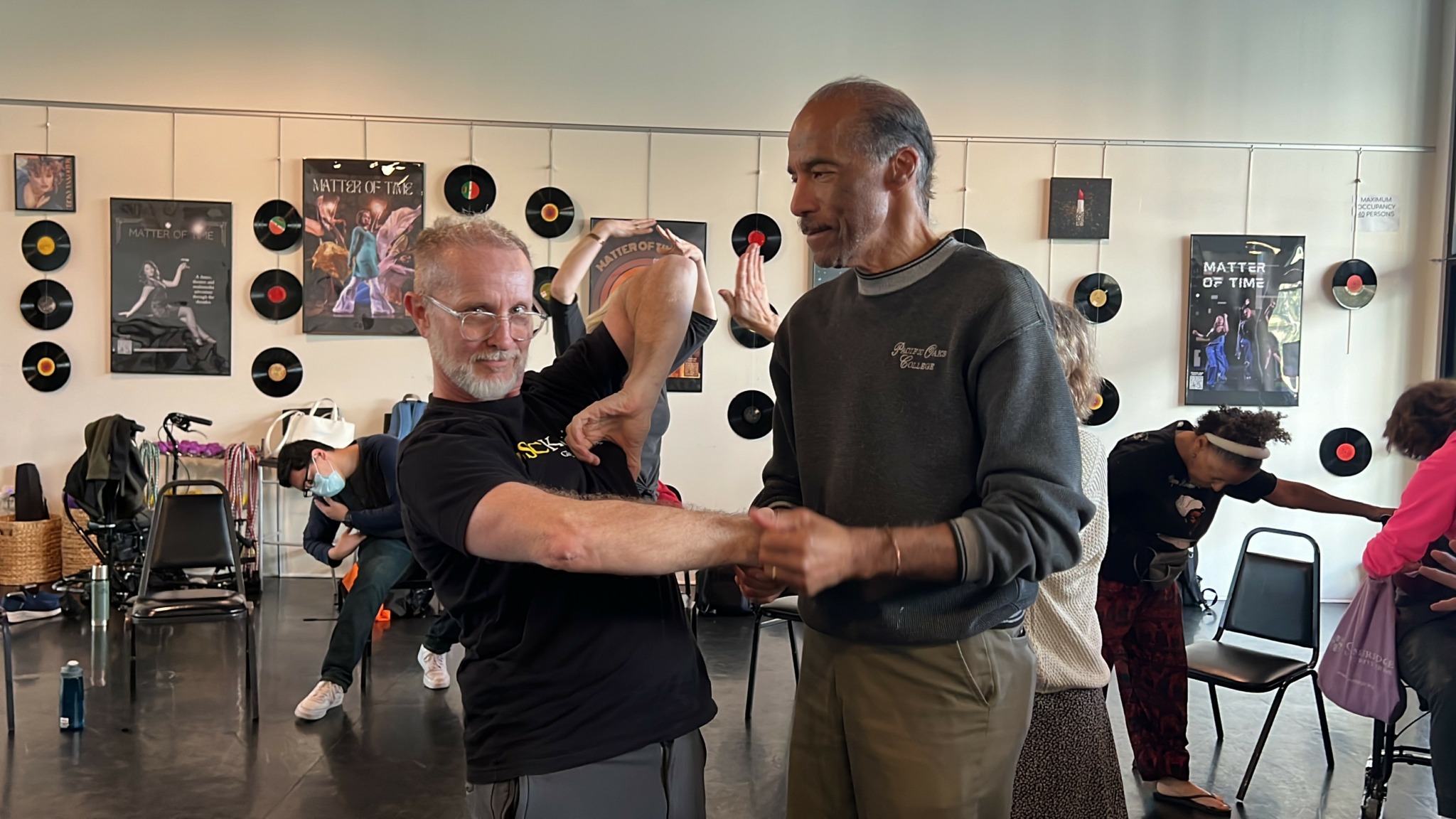
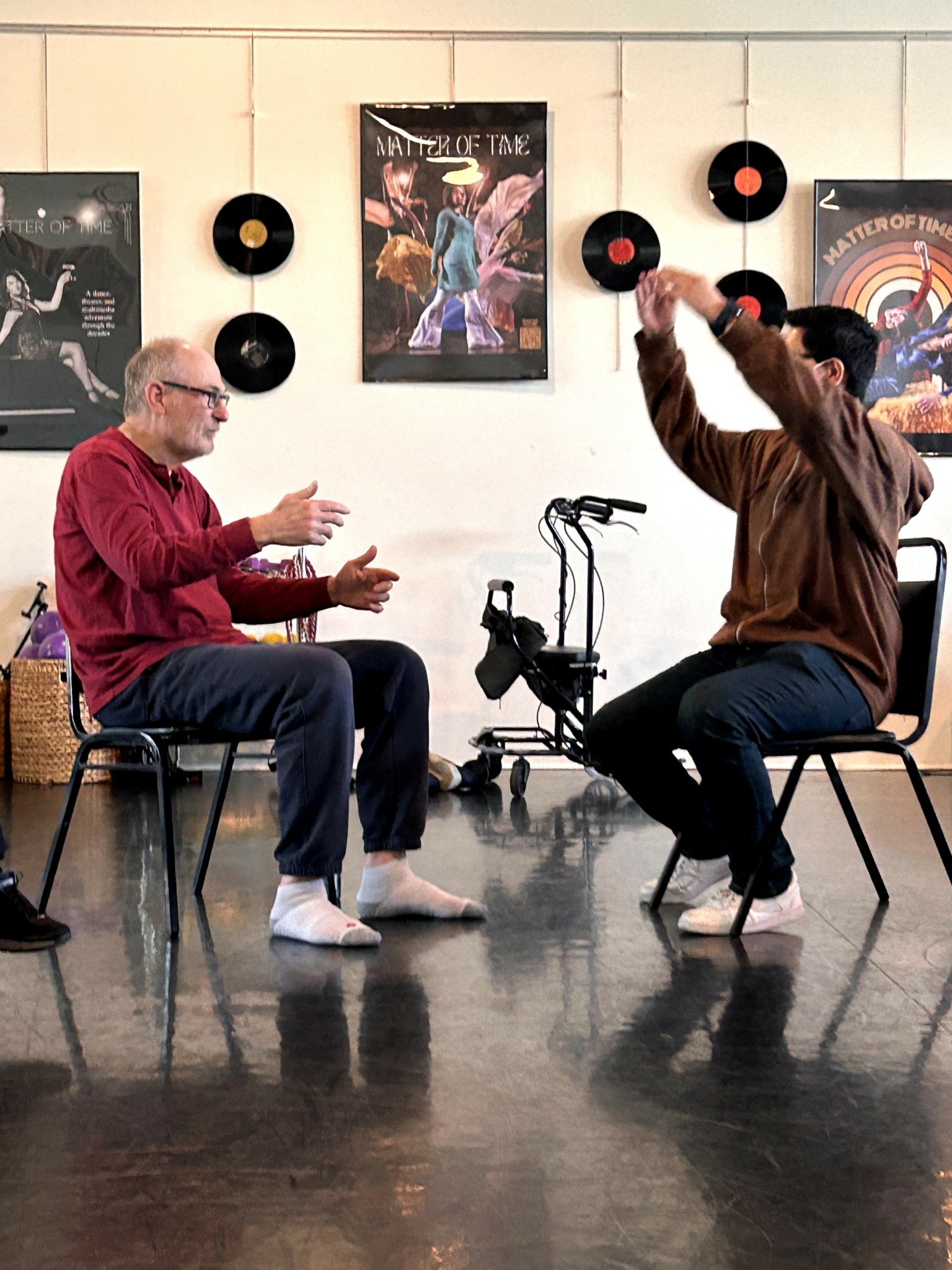
Can you share a story from your journey that illustrates your resilience?
All the while we were working on ReHability, we were looking for funding to keep it going. I was just not good at that, and we were ahead of the curve for this kind of work. Finally, we were going broke, and we had to end the classes. We had made wonderful progress together. Kids were engaging socially with each other, they were learning concepts like taking turns, and they had a time and place when they never heard the word “no.” It was always “yes and.” There was a structure, but they had agency, and they led much of the time. We encouraged the parents to dance at home with them. Just put music on a dance. The parents were grateful and reported back that their kids were becoming more responsive at home and that they felt they were connecting with their children. It was a sad moment when we had to cancel. The children understood. Their global idea of time and personal relationships had expanded, and there were tears. All of us cried, and the parents held us at that moment. It was bittersweet, but I was determined to continue the work.
In 2008, CorbinDances was invited by the Barber Family Institute in Erie, Pennsylvania, to incorporate our class for kids with ASD into their curriculum and to work with doctors, occupational therapists, and physical therapists to put some scientific research in place. I had expanded the focus of the class because dance is good for everyone. We were almost there when the crash hit. State funding dried up, and ours was the first program to get the ax. That knocked me down. I was devastated. I shut down completely from the ASD work, but continued dancing and choreographing with my company. I went about my life and got an MFA at NYU.
It wasn’t until I came to work at USC that I entertained the possibility of rekindling that facet of my work.
Zooming out, I guess my life, career, and research culminating in this interdisciplinary course at an R1 university have been the result of following my bliss. As Joseph Campbell said, “Follow your bliss, and the universe will open doors for you where there were only walls.”
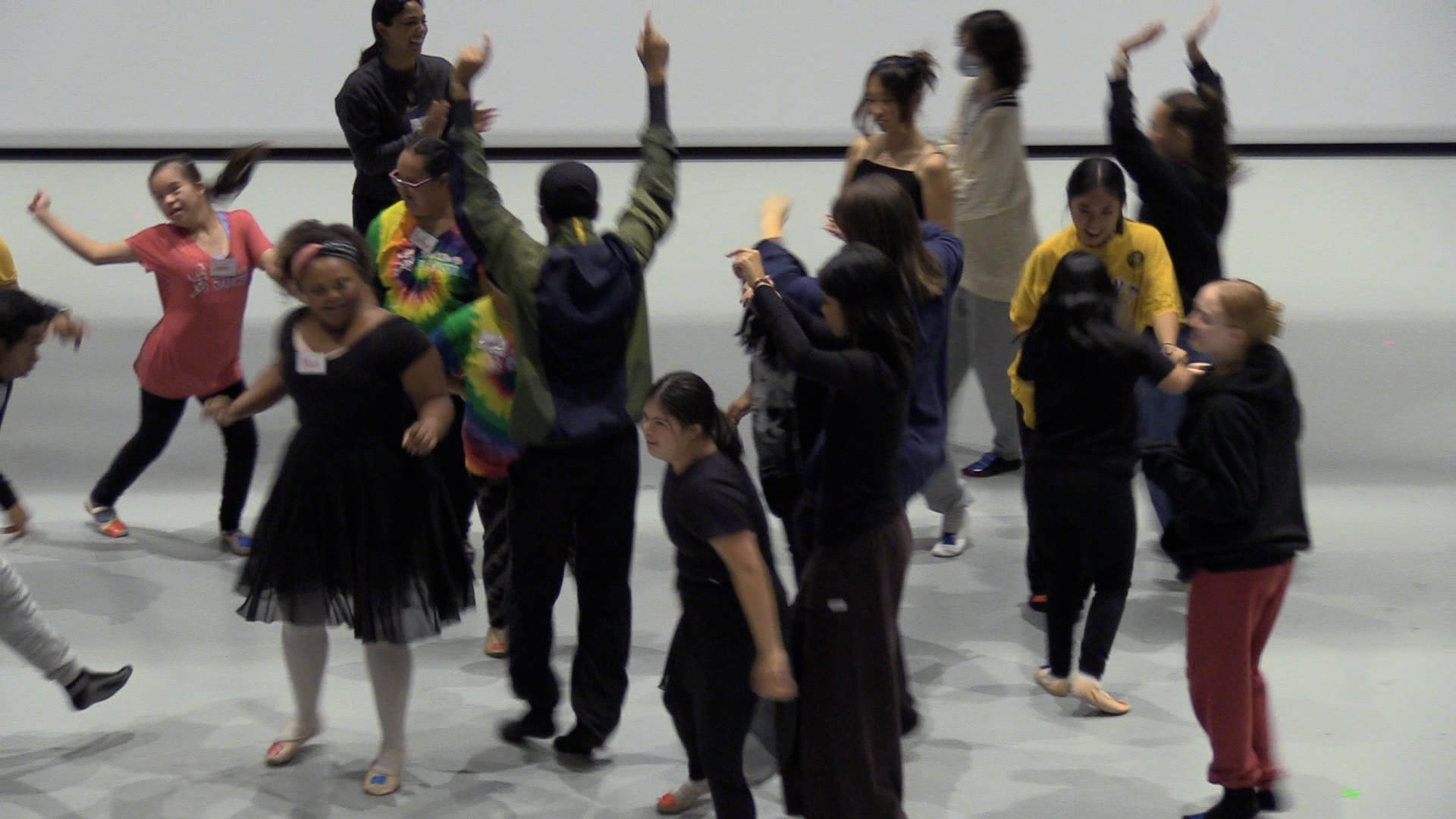
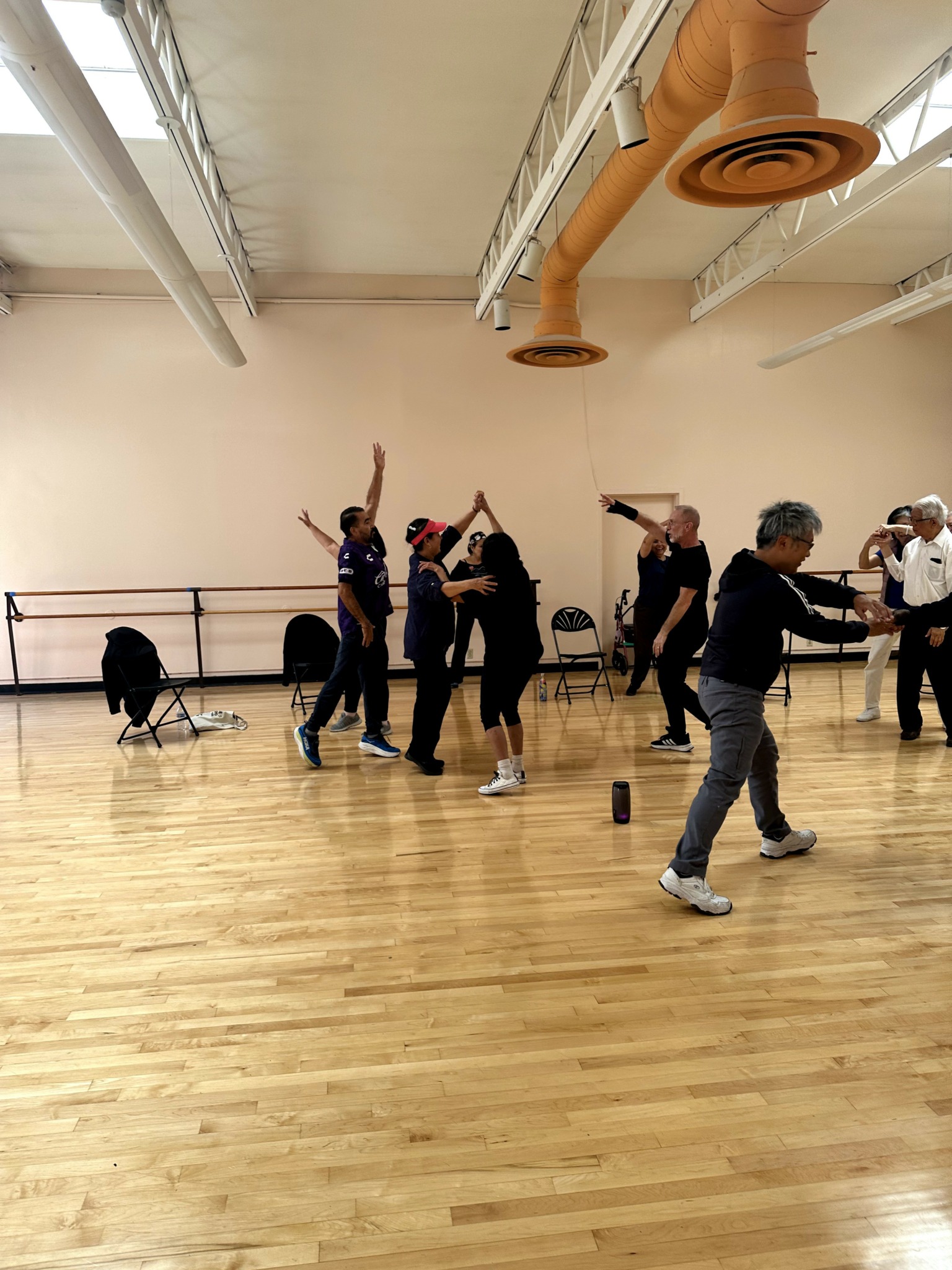
Is there mission driving your creative journey?
At this point in my career and creative journey, my goal is to do as little harm and as much good as possible. I would love to find the funding to develop an area of study focused on dance and health. Making dance practice more accessible to everyone. We live in all other arts without thinking. Music, visual arts, and architecture, but we don’t seem to realize that we live in dance and choreography. If folks would keep dancing together, we would stay healthier longer in every way. That’s the message.
Contact Info:
- Website: https://corbindances.org/
- Instagram: https://www.instagram.com/pcorbindancer?igsh=YXkxeHh1b3V6bno2&utm_source=qr
- Other: https://kaufman.usc.edu/faculty/patrick-corbin/

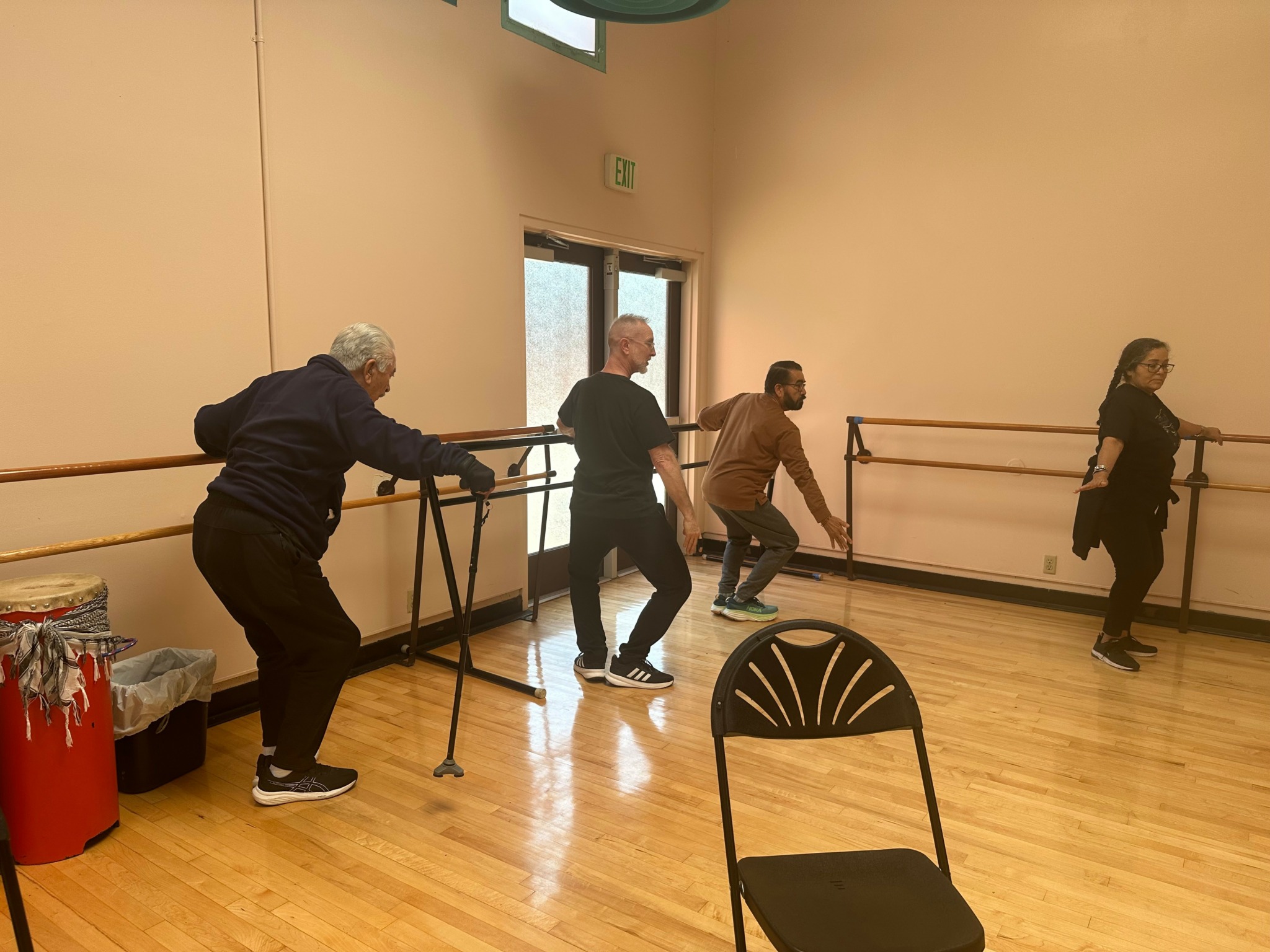
Image Credits
DANC 140 Dance and Health: Dance and Parkinson’s at Lineage Performing Arts Center and Plaza de la Raza.
DANC 140 Dancing and Down Syndrome with Free 2 Be Me Dance at USC Kaufman


